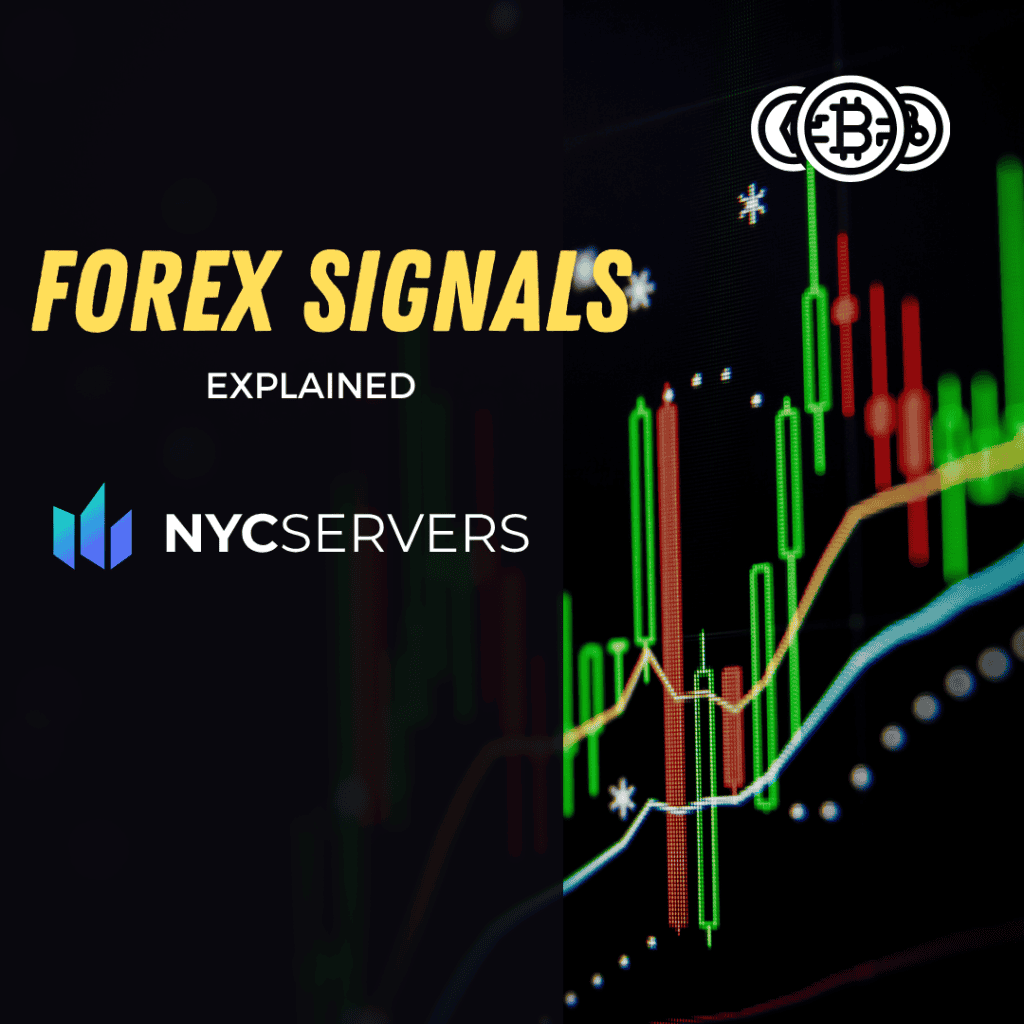Mastering Forex Signals: A Comprehensive Guide to Enhancing Your Trading Strategy
In the intricate world of forex trading, forex signals have emerged as a pivotal tool for traders, both novice and […]

In the intricate world of forex trading, forex signals have emerged as a pivotal tool for traders, both novice and experienced. These signals, essentially trading suggestions, provide insights into potential trading opportunities based on market analysis. This article delves into the intricacies of forex signals and offers a detailed guide on effectively utilizing them to optimize your trading strategy.
Understanding Forex Signals
Forex signals are recommendations or tips on trading opportunities in the forex market. Generated by either automated software or experienced traders, these signals indicate specific currency pairs, price levels, and the optimal timing for trades. They are a blend of thorough market analysis and insights, aimed at aiding traders in making informed decisions.
1. Types of Forex Signals
Forex signals come in various forms, each with unique features:
- Manual vs. Automated Signals: Manual signals are created by human analysts, while automated signals are generated by software that analyses market trends and data.
- Paid vs. Free Signals: Some signals are available for free, while others require a subscription. Paid signals typically offer more comprehensive analysis and support.
- Entry and Exit Signals: Some signals provide information only on when to enter a market, while others also suggest when to exit a position.
2. How Forex Signals Are Generated
The generation of forex signals involves detailed market analysis, which includes:
- Technical Analysis: Using historical data and chart patterns to predict future market movements.
- Fundamental Analysis: Considering economic indicators, news events, and global financial trends.
- Sentiment Analysis: Gauging the mood or sentiment of the market, which can influence currency movements.
3. Choosing the Right Forex Signal Provider
When selecting a forex signal provider, consider:
- Reputation and Track Record: Look for providers with a proven track record of accuracy and reliability.
- Transparency: Reliable providers are transparent about their methodology and success rate.
- Support and Education: Some providers offer additional support and educational resources, which can be beneficial for beginners.
4. Integrating Forex Signals into Your Trading Strategy
Forex signals should complement, not dictate, your overall trading strategy. Here’s how you can integrate them effectively:
- Risk Management: Use signals in conjunction with sound risk management practices, like setting stop-loss orders.
- Diversification: Don’t rely solely on signals; use them as part of a diversified trading approach.
- Consistency: Apply signals consistently in line with your trading plan to evaluate their effectiveness accurately.
5. Advantages of Using Forex Signals
Forex signals offer several advantages:
- Time-saving: They eliminate the need for extensive market analysis, saving time especially for part-time traders.
- Learning Opportunity: For beginners, signals can be an educational tool to understand market dynamics.
- Objective Trading: Signals can help in reducing emotional bias in trading decisions.
6. Limitations and Risks
Forex signals are not without limitations and risks:
- Dependency: Over-reliance on signals can hinder the development of independent market analysis skills.
- Signal Quality: The effectiveness of trading depends on the quality of the signals.
- Market Volatility: Signals cannot always predict sudden market shifts or geopolitical events.
7. Best Practices for Using Forex Signals
- Test and Evaluate: Before fully integrating signals into your trading, test them on a demo account to evaluate their effectiveness.
- Stay Informed: Keep abreast of market news and trends, as they can affect the relevance of signals.
- Customize to Your Needs: Adapt the use of signals to fit your trading style and objectives.
8. The Role of Technology in Forex Signals
Advancements in technology have enhanced the accuracy and delivery of forex signals. From sophisticated algorithms to mobile apps, technology ensures traders receive timely and actionable signals.
9. The Future of Forex Signals
The future of forex signals looks promising, with ongoing advancements in AI and machine learning expected to further refine their accuracy and timeliness.
Conclusion:
Forex signals are a valuable tool in a trader’s arsenal, offering insights and recommendations that can enhance trading strategies. While they offer numerous benefits, it’s crucial to approach them with a balanced perspective, integrating them thoughtfully into your overall trading plan while maintaining sound risk management practices. By doing so, traders can leverage forex signals to potentially increase their trading success while continuing to develop their market analysis skills

About the Author
Matthew Hinkle
Lead Writer & Full Time Retail Trader
Matthew is NYCServers' lead writer. In addition to being passionate about forex trading, he is also an active trader himself. Matt has advanced knowledge of useful indicators, trading systems, and analysis.